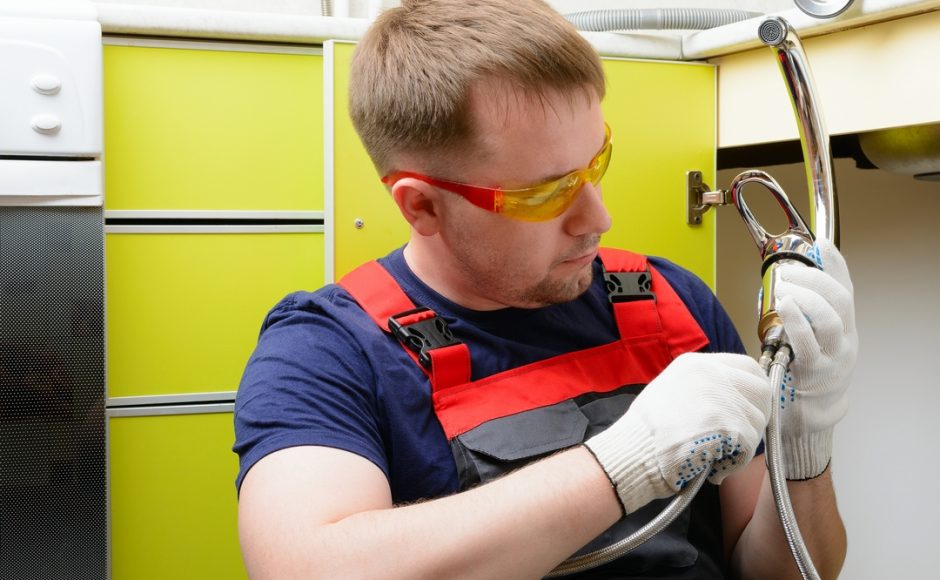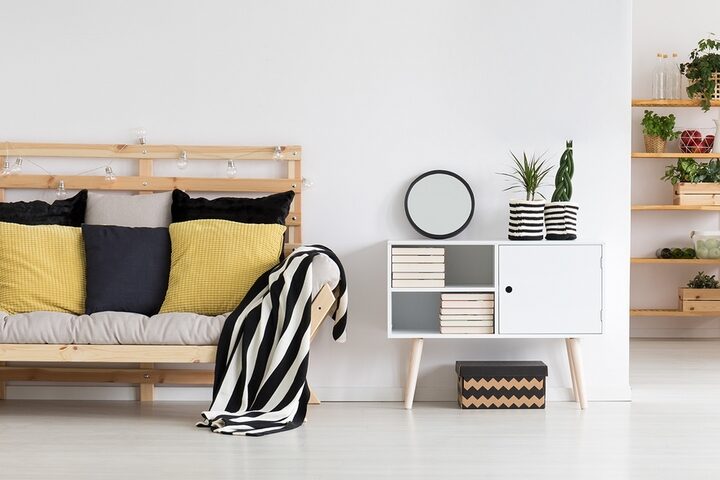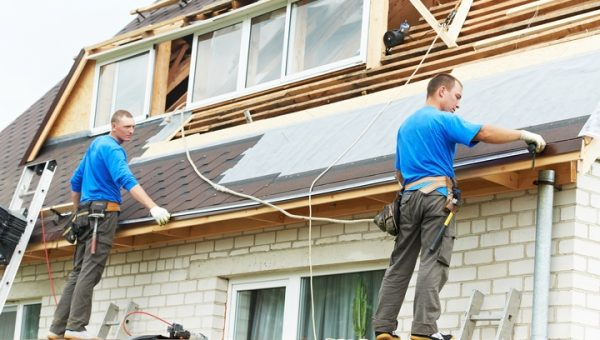Everyone will likely need to hire a plumber someday. Even if you are kind of handy. you may need a plumber for some jobs that are just too hard, too complicated or too dangerous to try on your own. You should and fix all minor plumbing jobs on your own. Like unclogging a sink or using a plunger on a plugged toilet. But you should also not be afraid to call a plumber if your problem persists. And for some jobs you should absolutely make the call to a professional plumber.
You don’t need to know how everything in plumbing works or how a plumber does his or her job. But you should know the basics. Here are some of the basics of plumbing.
1. The ins and outs of plumbing
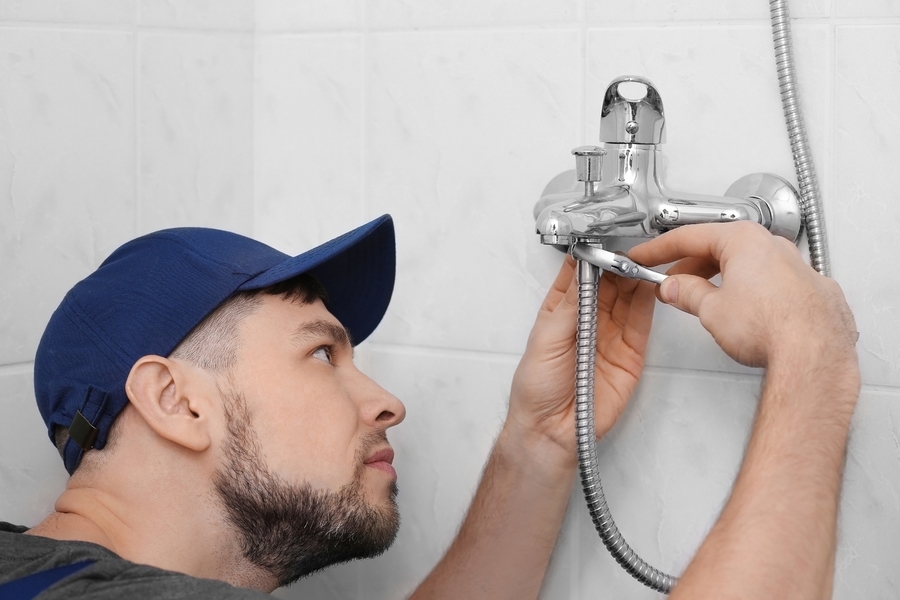
In your house or apartment building, the plumbing system has two distinct tasks. One is to bring in fresh water and the other is to take waste water out. The pressure in the water system allow the water from the outside to travel all around your house or building, even upstairs or twenty floors up to the penthouse. The water is measured by a meter and controlled by a series of valves. If there is a plumbing emergency those values have to be shut off or the water will keep coming and flood everything. If the emergency or leak is in a small area there will be separate values to shut that off, like in a bathroom or kitchen.
2. We like some of it hot
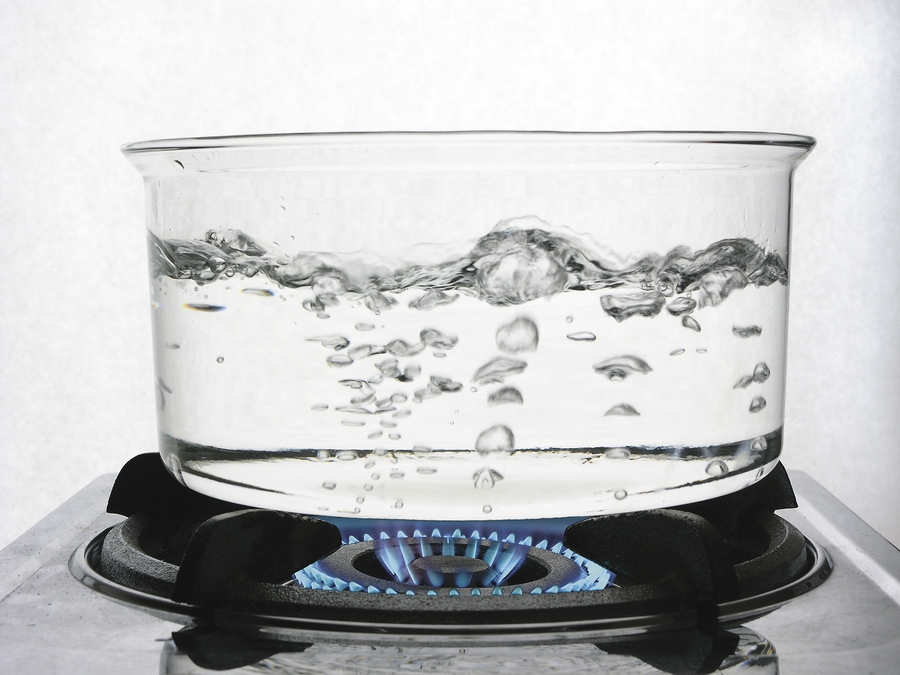
Hot water is essential and we need it to perform many our daily living tasks. Hot water may be a luxury, but not one that many of us would want to do without for very long. Another thing to be careful about is trying to thaw frozen pipes in the winter time. You can accidentally cause a fire or an explosion if you use a blow torches inside your home or apartment. You could make a small much, more worse. So, do minor plumbing repairs or adjustments by yourself. But call a professional plumber if that doesn’t work.
The fresh water from the outside comes into your residence cool if not cold. If you want hot water, which you most certainly do, then there is another sub-system that makes that happen. A cold water pipe brings the cool water in from outside and leads into a hot water boiler or heater. Then a hot water line takes that heated water and sends it back through your home and magically appears when you turn on a hot water tap in the kitchen or jump into the shower.
3. Get rid of what you don’t want
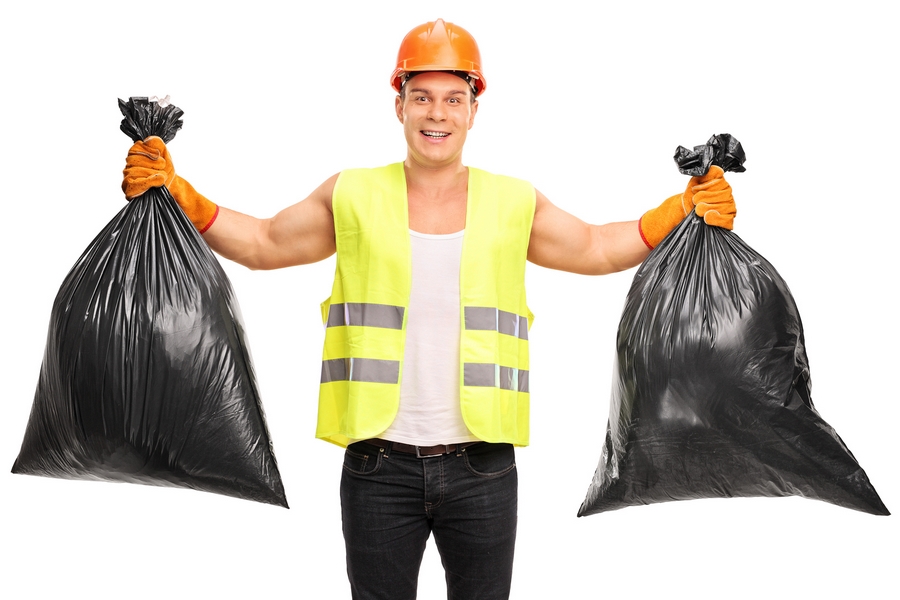
When it comes to water flowing out of house in the form of waste water from your kitchen or the toilets in your bathroom, that system is not pressurized. It doesn’t need to be. Gravity will take all of the water from inside your house and carry it down to your sewer or septic system if you live in a rural area. That water flows from the sewer line in your house to a sewage treatment facility or a septic tank. That sounds simple, and it is. But underneath that simplicity is a whole separate set of vents, traps, and clean outs that keep the system clear and prevent back-ups and clogs in the system.
4. Trapping the problem
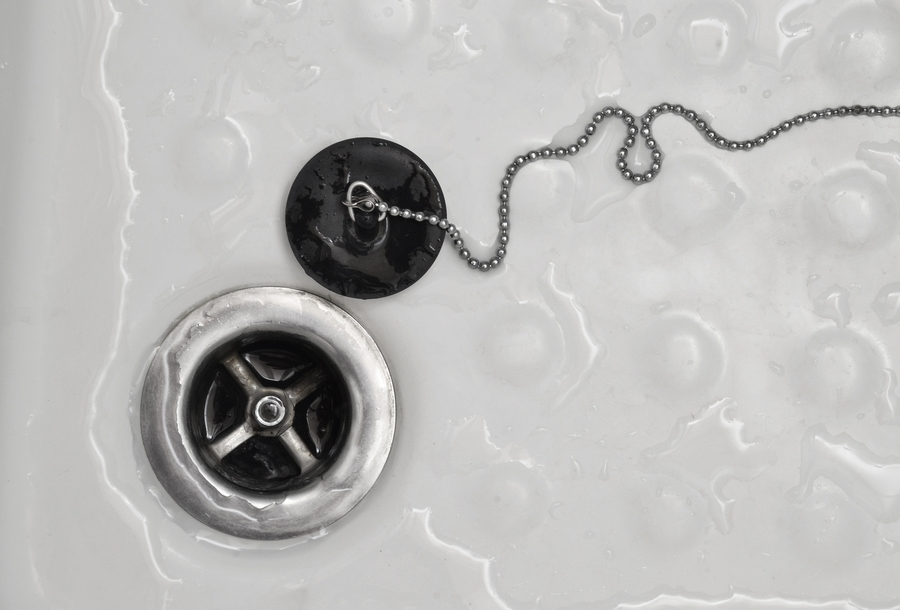
There are a series of traps that collect solid water that could jam up the plumbing system. They are crucial to keeping the water flowing in and out of your residence. There are traps under every sink. They are the curved or S-shape section of pipe under a drain. Every plumbing fixture in your home must have a trap to collect hair and dirt, and grease in the kitchen, in order to prevent clogged drains. They also prevent sewer gas from backing up into your home. That makes traps an essential part of your basic indoor plumbing system.

